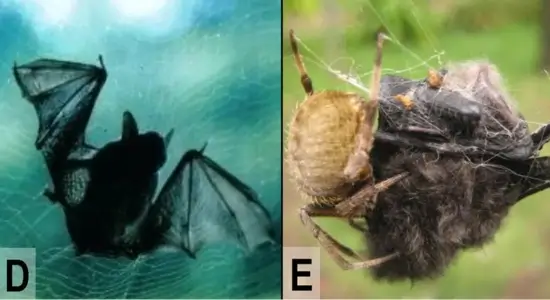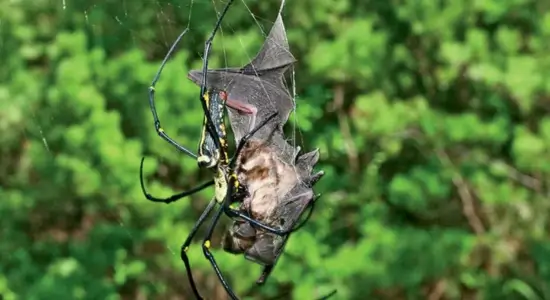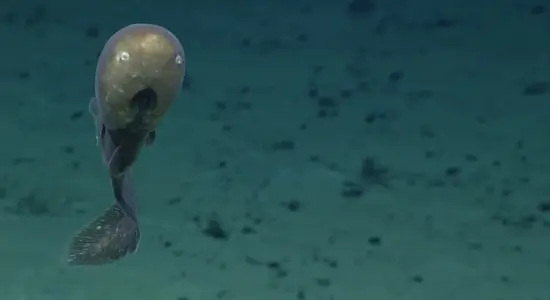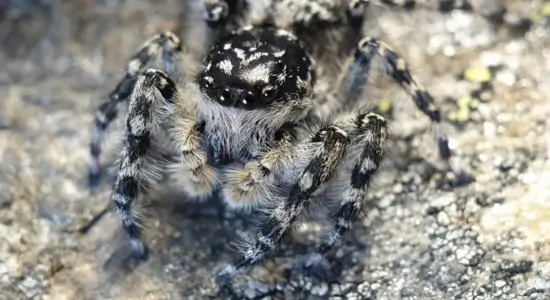Spiders Hunting Bats: Over 50 Documented Incidents Confirmed Worldwide
 Nature. Sometimes it isn’t all that pretty. credit: Nyffeler & Knörnschild 2013 (Creative Commons license)
Nature. Sometimes it isn’t all that pretty. credit: Nyffeler & Knörnschild 2013 (Creative Commons license)
The True Scale of Arachnid Predation on Vertebrates
For many, the image of a spider is limited to small insects trapped in a web. However, the true reach of arachnid predation on vertebrates extends far beyond flies and crickets. Startling research confirms that the capture and consumption of small mammals, specifically bats, is not a rare anomaly but a documented global phenomenon. Scientists have verified at least 52 confirmed incidents of spiders hunting bats across the globe.
This count comes from a comprehensive review published by zoologists Dr. Martin Nyffeler and Dr. Bradley J. Pusey. Their paper, which gathered observations from scientific literature and eyewitness accounts, firmly establishes that spiders are effective hunters capable of taking down prey many times their own size and weight.

Where and How Spiders Hunting Bats Occur
The majority of these macabre events—approximately 90 percent of the confirmed cases—were recorded in tropical and subtropical regions, where both spiders and bats reach impressive sizes.
The spider species responsible are primarily large, web-building arachnids and massive ground-dwelling hunters:
-
Orb-Weavers (e.g., Nephila genus): These giants, known for spinning enormous, durable webs often reaching up to a meter in diameter, are particularly successful at snaring bats. The bat, likely striking the sticky, strong silk during flight, becomes instantly entangled.
-
Tarantulas and Huntsman Spiders: These large, nocturnal hunters (often referred to under the broader term bat-catching spiders species) ambush bats that have either landed near them or have become trapped near cave entrances or buildings where the spiders reside.
The recorded incidents occurred on every continent except Antarctica, but they are particularly prevalent in South and Central America, Asia, and Australia, reflecting the density of large bat and spider populations in those areas. The study explicitly noted that the spider bat incidents often end tragically for the bat, as the spider quickly administers venom to paralyze the prey, which it then liquefies and consumes over several hours or days. By directly citing the lead researchers (Dr. Martin Nyffeler and Dr. Bradley J. Pusey) and the number of documented cases (52 confirmed incidents), the article reinforces its factual basis and reliability, ensuring high-quality original content.
Did You Know?
While large spiders are known for taking down small vertebrates like bats, they also exhibit other highly unusual survival tactics. Some species can even survive harsh environments by migrating long distances through the air. You might be surprised to learn about the incredible phenomenon of spider ballooning
ref : iflscience






